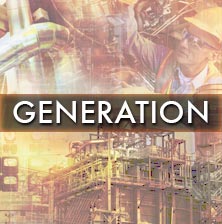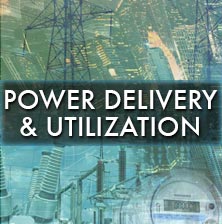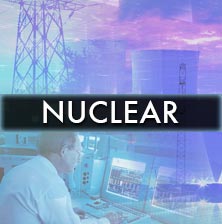The following is a small selection of items recently published by EPRI. To view complete lists of your company-funded research reports, updates, software, training announcements, and other program deliverables, log in at www.epri.com and go to Program Cockpits.

The social cost of carbon (SCC) is a modeled estimate of the monetary value of the potential impacts of climate change that might be avoided with policies designed to reduce CO2 emissions. Such estimates have been used for more than 50 federal and state rulemakings. This study reviews current SCC applications and identifies opportunities to improve CO2 reduction benefit estimates and cost-benefit analyses.

This report describes the major tasks that comprise the planning and project development of a typical power plant. Experts in engineering, finance, generation expansion modeling, utility supply contracts, siting, environmental permitting, major equipment procurement, and project contracting contributed to the report. Intended for executives, project managers, engineers, siting specialists, and other power generation professionals, the report can be used to guide a project from concept to execution.

Selective catalytic reduction systems in power plants are designed to remove nitrogen oxides from flue gas and can also oxidize and remove mercury. But laboratory tests indicate that carbon monoxide can inhibit mercury oxidation across selective catalytic reduction catalysts. This study evaluated two catalyst formulations under actual flue gas conditions to confirm these effects.

Participants in a “cap and trade” scheme may have the ability to bank emissions permits for future use. This paper investigates how banking may effect emissions outcomes and costs under an economy-wide cap-and-trade policy.

Wind turbines in some parts of the United States are exposed to lightning strikes, and modern wind turbines are typically equipped with lightning protection systems to safely intercept and conduct the vast majority of strikes to ground without damage to the turbine. This report discusses international standards for these systems; system design and testing; risks of lightning damage; and benefits of damage prevention. It also includes an economic analysis of the systems’ value in onshore and offshore environments.

Cathodic protection systems can help prevent corrosion of metal components by electrically linking them to a “sacrificial anode metal” that more easily corrodes. This field guide on inspection and maintenance of transmission line cathodic protection systems covers basic inspection procedures and pass-fail criteria, installation and sizing of sacrificial anode systems, general troubleshooting, and maintenance of reference electrodes.

In nuclear plants, video systems are deployed to enable remote inspection of reactor pressure vessel internal components for cracking and other damage. This report investigates software and hardware technology (such as higher resolution, automated crack detection, and video filtering) to assist plant analysts as they evaluate images from video systems.

Alloy 690 has replaced Alloy 600 in the construction of new nuclear power plants because of its superior resistance to stress corrosion cracking in primary water systems. This study compared crack initiation time for Alloy 690 and Alloy 600 to document Alloy 690’s ability to enable longer intervals between in-service inspections and to assess components’ remaining life.

While foreign objects in nuclear plant steam generators do not always pose a threat, they can result in degradation of generator tubing which can in turn lead to leakage from primary to secondary plant systems. This report covers best practices in foreign object control, steam generator secondary-system inspections, response, tracking, and disposition of foreign objects. It is an update of a 2005 handbook.

This newsletter is intended to keep utilities informed on technological advances, markets, regulatory news, and demonstration developments in energy storage and distributed generation. It is the third of four issues planned for 2016.

This report discusses detection, quantification, and repair of leaks in nuclear plant fuel pools and water reserve tanks, drawing from research on various techniques by Électricité de France.

This case study summarizes the efforts of the 780-megawatt combined cycle Bethlehem Energy Center plant to optimize corrosion control with ammonia, neutralizing amines, and filming amines.